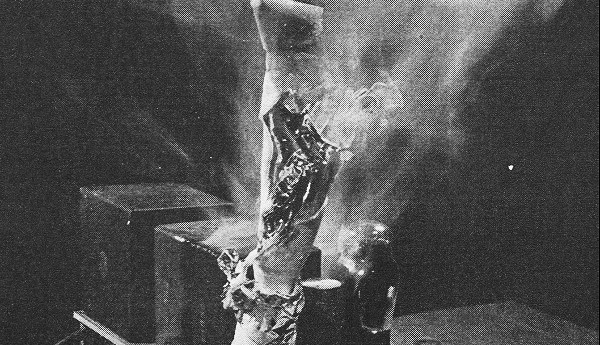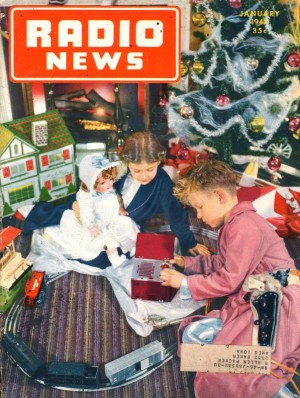Evergreen, Everfoul: the exploding electrolytic capacitor

Ranking high in the BadCap Top-5 is the electrolytic variant, especially the “can” type in equipment produced between 1950 and 1975 roughly. Not forgetting the Dreadful Tantalums of course from 1980-1995 again roughly. And the Bumblebees, Black Beauties — but noting that these are solid capacitors (well sort of).
Talk to anyone active in repairing electronics gear at just about any level and their scapegoat, usual suspect, etcetera, is the bad capacitor. Some repairmen even replace all capacitors before even powering up the equipment at a low, low voltage. Ranking high in the BadCap Top-5 is the electrolytic variant, especially the “can” type in equipment produced between 1950 and 1975 roughly. Not forgetting the Dreadful Tantalums of course from 1980-1995 again roughly. And the Bumblebees, Black Beauties — but noting that these are solid capacitors (well sort of).
It’s easy to think that a good 40 years or so of neglect, drying out, and nasty chemicals developing inside the can are the key factors to make an electrolytic “blow its top” suddenly in 2016, and give newcomers a good scare (and tube technology a bad name) . Due to several failure modes an old can-style electrolytic capacitor may die upon you even if it is operated within its safe voltage range. Live with it. The smell is terrible and one you will not forget easily.
But a brand new can-style electrolytic will also kick the bucket spectacularly when reverse polarized or connected to an excessive voltage. Back in 1947, workers at Daven Laboratories in Newark, USA were startled when an electrolytic condenser (capacitor, Ed.) blew up, “the can hitting the ceiling with the speed of a bullet and paper and foil spiraling upward in a cloud of smoke.” The event was published in a small news item in Radio News magazine edition January 1947, but only after Staff Photographer Walter Steinhard re-produced the blow up realistically with the original cast of parts.
Like today, electronics should be in pictures, right? Do not try this @ home.
Radio News was published in the USA from 1919 to 1948.
Source: RFcafe

It’s easy to think that a good 40 years or so of neglect, drying out, and nasty chemicals developing inside the can are the key factors to make an electrolytic “blow its top” suddenly in 2016, and give newcomers a good scare (and tube technology a bad name) . Due to several failure modes an old can-style electrolytic capacitor may die upon you even if it is operated within its safe voltage range. Live with it. The smell is terrible and one you will not forget easily.
But a brand new can-style electrolytic will also kick the bucket spectacularly when reverse polarized or connected to an excessive voltage. Back in 1947, workers at Daven Laboratories in Newark, USA were startled when an electrolytic condenser (capacitor, Ed.) blew up, “the can hitting the ceiling with the speed of a bullet and paper and foil spiraling upward in a cloud of smoke.” The event was published in a small news item in Radio News magazine edition January 1947, but only after Staff Photographer Walter Steinhard re-produced the blow up realistically with the original cast of parts.
Like today, electronics should be in pictures, right? Do not try this @ home.
Radio News was published in the USA from 1919 to 1948.
Source: RFcafe

